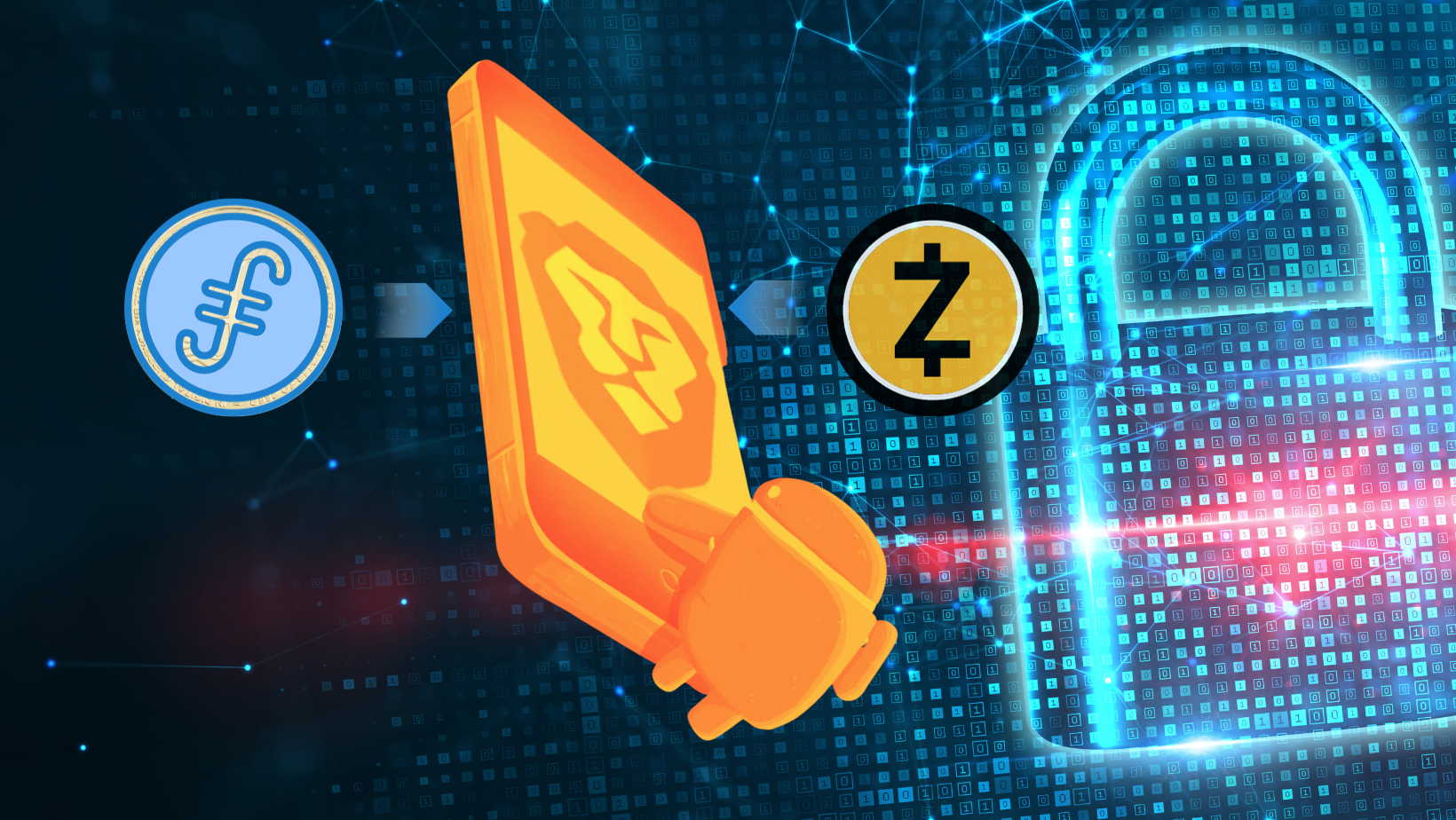GLIF is pioneering a groundbreaking concept: decentralized on-chain staking of native Filecoin tokens.
The introduction of the Filecoin Virtual Machine (FVM) has unlocked new innovations for DeFi, and staking pools are one of them. GLIF is pioneering a groundbreaking concept: decentralized on-chain staking of native Filecoin tokens.
GLIF Pools: Revolutionizing Filecoin Staking
GLIF Pools is an innovative non-custodial staking protocol designed exclusively for the Filecoin network. This protocol is powered by the FEVM (Filecoin Ethereum Virtual Machine), which is seamlessly integrated into the Filecoin ecosystem. At the heart of GLIF Pools lies the Infinity Pool, offering Filecoin Storage Providers the unique opportunity to borrow FIL tokens, secured by the collateral they deposit within the Protocol. These borrowers make weekly payments based on dynamic market conditions, with these payments then distributed as rewards to GLIF stakers.

GLIF has garnered extensive support from the Filecoin Foundation and boasts a rich history within the Filecoin ecosystem, having previously developed critical tools such as block explorers, wallets, and node software. They continue to operate these tools, and they are now paving the way for the Liquid Staking token, a key component of their staked Filecoin solution.
What sets GLIF apart is its modular architecture, which will eventually empower anyone to deploy customizable Filecoin staking pools, akin to what Uniswap has achieved with Ethereum token swaps. Furthermore, GLIF has introduced a Filecoin-specific oracle system, facilitating the real-time relay of information about Storage Providers to staking pools. This creates room for flexible and bespoke staking models, acknowledging the unique nature of the Filecoin network.
Unlocking New Possibilities
GLIF’s liquidity pools are open to all, offering the potential to create DeFi primitives for the myriad applications that will inevitably emerge on the Filecoin Virtual Machine (FVM) and FEVM. Given Filecoin’s role as a data storage network, these smart contracts deployed on the FVM will require essential functionalities like storage and query capabilities accessible directly through smart contracts.
Enabling Adoption of FVM and FEVM
Staking FIL within the GLIF protocol results in the issuance of iFIL, a derivative of the underlying staked Filecoin tokens, akin to the stETH model employed by Lido and Rocketpool. This paves the way for secondary markets for iFIL, providing broader liquidity for the staked asset.
To bolster DeFi adoption, iFIL could potentially serve as collateral in other DeFi protocols, eliminating the need to convert it into FIL or another token. The value and utility of iFIL will hinge on factors like the number of DeFi protocols accepting it, liquidity incentives, and interoperability.
Interoperability Unleashes iFIL’s Potential
Interoperability within the crypto space could unleash the full potential of iFIL. This might involve lending iFIL to earn interest, providing liquidity in decentralized exchange pools, or staking it in yield farming protocols. The outcome depends on market and network conditions, and this post is not financial advice. Always DYOR. Check out Glif.io to get started, and be sure to check out our blog post about Filecoin staking here. For a more comprehensive overview of various staking products (complete with white paper links) within the Filecoin ecosystem, check out Filecointldr.io






